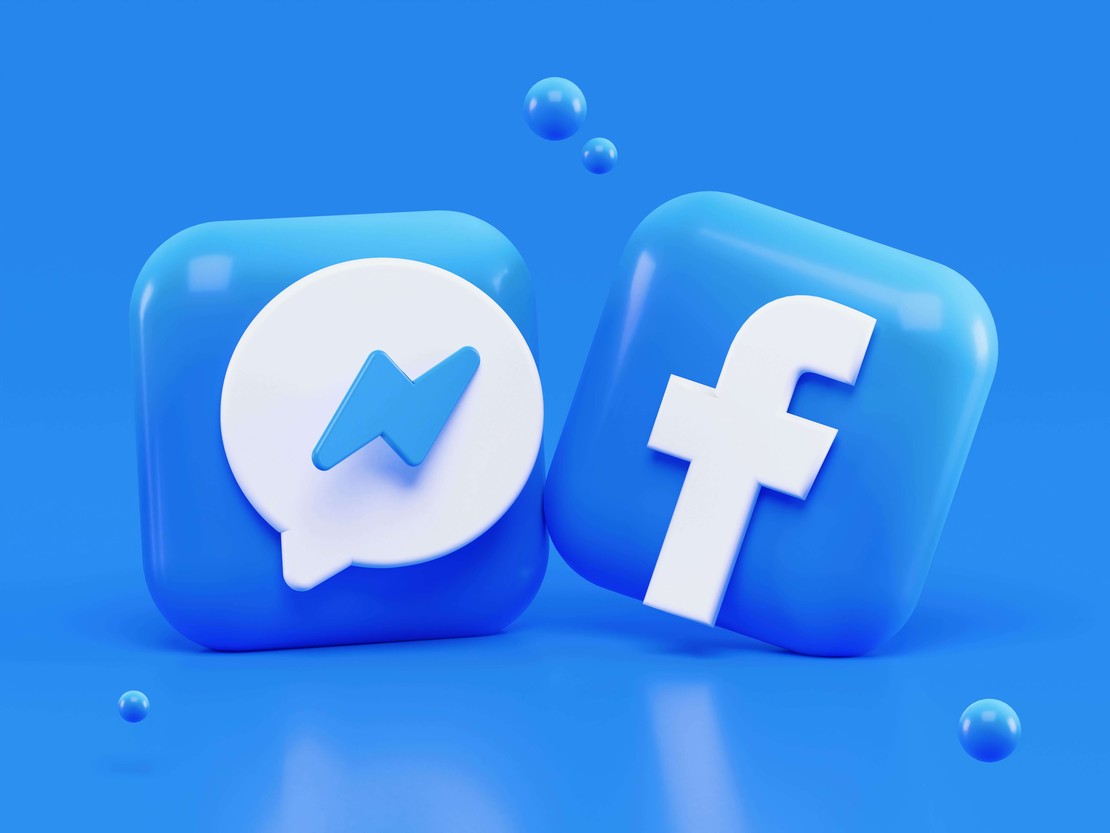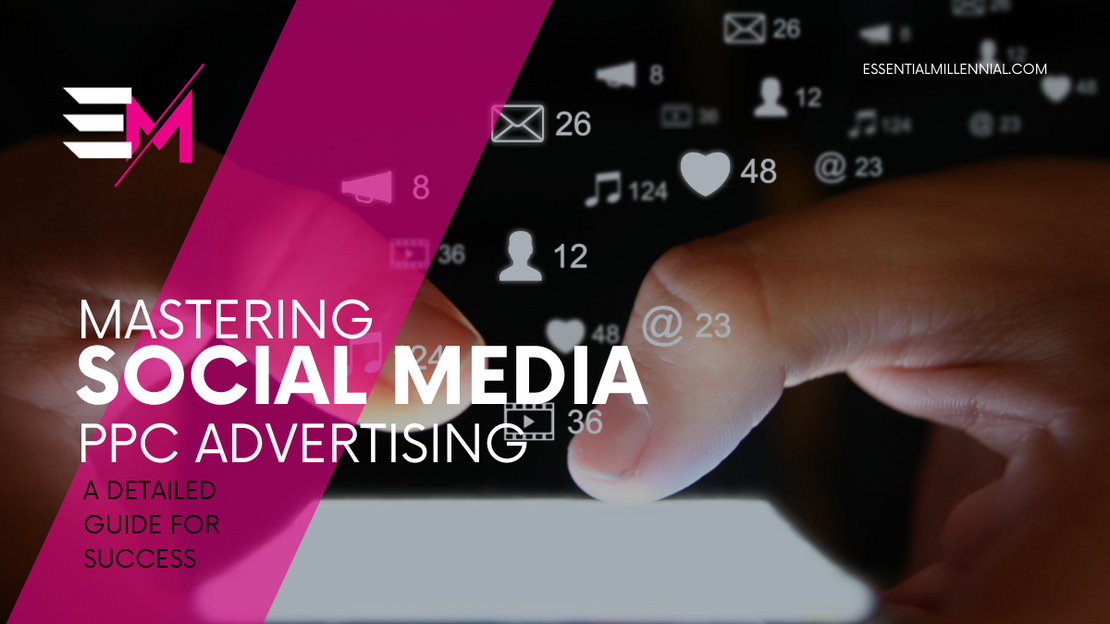
Know Your Audience - A Comprehensive Guide to Measuring Your Digital Marketing Content's Effectiveness
- Forrest Smith
- Digital marketing
- Saturday, September 16, 2023
One of the things that you’ll hear us hammer home over and over again at Essential Millennial is that you need to understand your audience before you do anything related to digital marketing. But in this article I’m going to teach you exactly how to do so. Here’s our comprehensive guide to understanding your audience and measuring your digital marketing effectiveness:
Understanding your audience is paramount to success in the dynamic world of digital market. You need to know who your audience is, what they want and how they engage with your content.
In this article, we will discuss why understanding your audience matters, which metrics you should be paying attention to, the tools and techniques you can use to get those metrics, and we’ll also make some important notes about data privacy to keep you out of trouble. By the time you’ve made it to the end of this article you will have all of the foundational knowledge necessary to make significant inroads into understanding your audience and therefore improving your marketing efforts and your business as a whole.
Why Audience Measurement Matters
Audience measurement is the foundation of any successful digital marketing campaign. Without a deep understanding of your audience, your content may miss the mark, wasting time and resources. Here are some key reasons why audience measurement matters:
Targeted Content
Audience measurement enables you to create content that resonates with your target audience. By understanding their preferences, pain points, and interests, you can tailor your content to address their specific needs, increasing the chances of engagement and conversion.
Improved ROI
Measuring your audience helps you allocate your marketing budget more effectively. You can focus your resources on channels and content that resonate with your audience, leading to a higher return on investment (ROI).
Enhanced Personalisation
Personalisation is a significant trend in digital marketing. Accurate audience measurement allows you to deliver personalised content to your audience, making them feel more valued and increasing their likelihood of taking desired actions.
Competitive Advantage
Understanding your audience better than your competitors can give you a significant advantage. By consistently delivering content that speaks to your audience’s needs, you can stand out in a crowded digital landscape.
Key Metrics for Audience Measurement
To measure your audience effectively, you need to track and analyse various metrics. These metrics provide insights into your audience’s behaviour, preferences, and engagement levels. Here are the key metrics to focus on:
Demographics
Demographic information includes age, gender, location, income level, and more. Analysing demographic data helps you create content that appeals to specific segments of your audience.
Psychographics
Psychographics delve deeper into your audience’s personality traits, values, and lifestyle. Understanding psychographics allows you to craft messaging that aligns with your audience’s beliefs and interests.
Behaviour
Behavioural metrics track how your audience interacts with your content. This includes metrics like page views, click-through rates, time spent on site, and bounce rate. Analysing behavioural data helps you identify what content resonates most with your audience.
Engagement
Engagement metrics measure the level of interaction your audience has with your content. This includes likes, shares, comments, and social media interactions. High engagement indicates that your content is striking a chord with your audience.
Conversion Rate
Conversion rate is a critical metric that tracks how many of your audience members take the desired action, such as making a purchase, signing up for a newsletter, or downloading a resource. A higher conversion rate indicates that your content effectively persuades your audience.
Customer Lifetime Value (CLV)
CLV measures the total value a customer brings to your business over their lifetime. Understanding CLV helps you prioritise high-value audience segments and tailor your content accordingly.
Tools and Techniques for Audience Measurement
Now that you know the essential metrics, let’s explore the tools and techniques you can use to measure your audience effectively:
Web Analytics Tools
Web analytics tools like Google Analytics and Adobe Analytics provide valuable insights into your audience’s behaviour. These tools track website traffic, user demographics, and engagement metrics. You can also set up goals and funnels to measure conversions.
Social Media Analytics
For social media platforms, use built-in analytics tools (e.g., Facebook Insights, Twitter Analytics) to measure engagement, reach, and demographic data. These tools offer a granular view of how your content performs on specific platforms.
Email Marketing Analytics
Email marketing platforms like Mailchimp and Constant Contact offer detailed analytics on email open rates, click-through rates, and conversion rates. Use this data to refine your email campaigns and segment your audience for personalised content.
Customer Relationship Management (CRM) Software
CRM software such as Salesforce and HubSpot can help you track customer interactions and behaviors. This information is invaluable for understanding your audience’s preferences and tailoring your marketing efforts.
Surveys and Feedback
Direct feedback from your audience can be incredibly insightful. Use online surveys, feedback forms, and social media polls to gather information about their preferences, needs, and pain points.
A/B Testing
A/B testing involves comparing two versions of a piece of content or a webpage to determine which one performs better. It’s an effective way to optimize your content for your audience’s preferences.
Data Privacy and Ethics
While measuring your audience is crucial, it’s equally important to consider data privacy and ethics. Here are some guidelines to follow:
Privacy Compliance
Ensure that you comply with data privacy regulations, such as the General Data Protection Regulation (GDPR) and the California Consumer Privacy Act (CCPA). Collect and store user data responsibly and obtain explicit consent when necessary.
Transparency
Be transparent with your audience about the data you collect and how you intend to use it. Provide clear privacy policies and opt-out options.
Data Security
Implement robust security measures to protect the data you collect. Data breaches can erode trust and damage your brand’s reputation.
Ethical Use of Data
Use audience data ethically. Avoid discriminatory practices, such as redlining, and ensure that your data analysis respects individuals’ rights and dignity.
Continuous Improvement
Audience measurement is an ongoing process. To ensure the effectiveness of your digital marketing content, follow these principles of continuous improvement:
Regular Analysis
Regularly review your audience data and adjust your content strategy accordingly. Markets and audience preferences evolve, so staying up-to-date is crucial.
Testing and Experimentation
Don’t be afraid to experiment with new content formats, channels, and messaging. A/B testing and experimentation can reveal valuable insights about your audience’s preferences.
Benchmarking
Compare your performance metrics with industry benchmarks to gauge how well you’re doing relative to competitors. This can help you identify areas for improvement.
Feedback Loop
Maintain a feedback loop with your audience. Listen to their comments, respond to their concerns, and incorporate their suggestions into your content strategy.
Case Studies
Let’s explore two case studies that demonstrate the practical application of audience measurement:
Case Study 1: E-commerce Retailer
An e-commerce retailer used web analytics to track user behavior on their website. They noticed that a significant portion of their audience abandoned their shopping carts without making a purchase. After conducting surveys and analyzing feedback, they discovered that high shipping costs were a major deterrent. In response, they implemented a free shipping promotion for orders above a certain value. This led to a 20% increase in conversions within three months.
Case Study 2: Content Marketing Agency
A content marketing agency used social media analytics to measure engagement on their client’s social media platforms. They found that posts with infographics received significantly higher engagement than text-only posts. As a result, they shifted their content strategy to create more infographics, leading to a 35% increase in social media engagement over six months.
Conclusion
Measuring your audience for your digital marketing content is an ongoing process that requires careful attention to data, tools, ethics, and continuous improvement. By understanding your audience’s demographics, psychographics, behavior, and engagement, you can create content that resonates and drives better results. Remember to prioritize data privacy and ethical considerations in your efforts, and stay adaptable to evolving audience preferences. With these strategies in place, you can refine your digital marketing strategy and build stronger connections with your audience.
If you’re looking for more informative content on digital marketing and how to grow your business’ or personal brand, visit our blog for some free advice (no signups required), or if you’d like to work with our team of experts who’ll take care of everything for you at affordable rates, Contact us for a quote.


